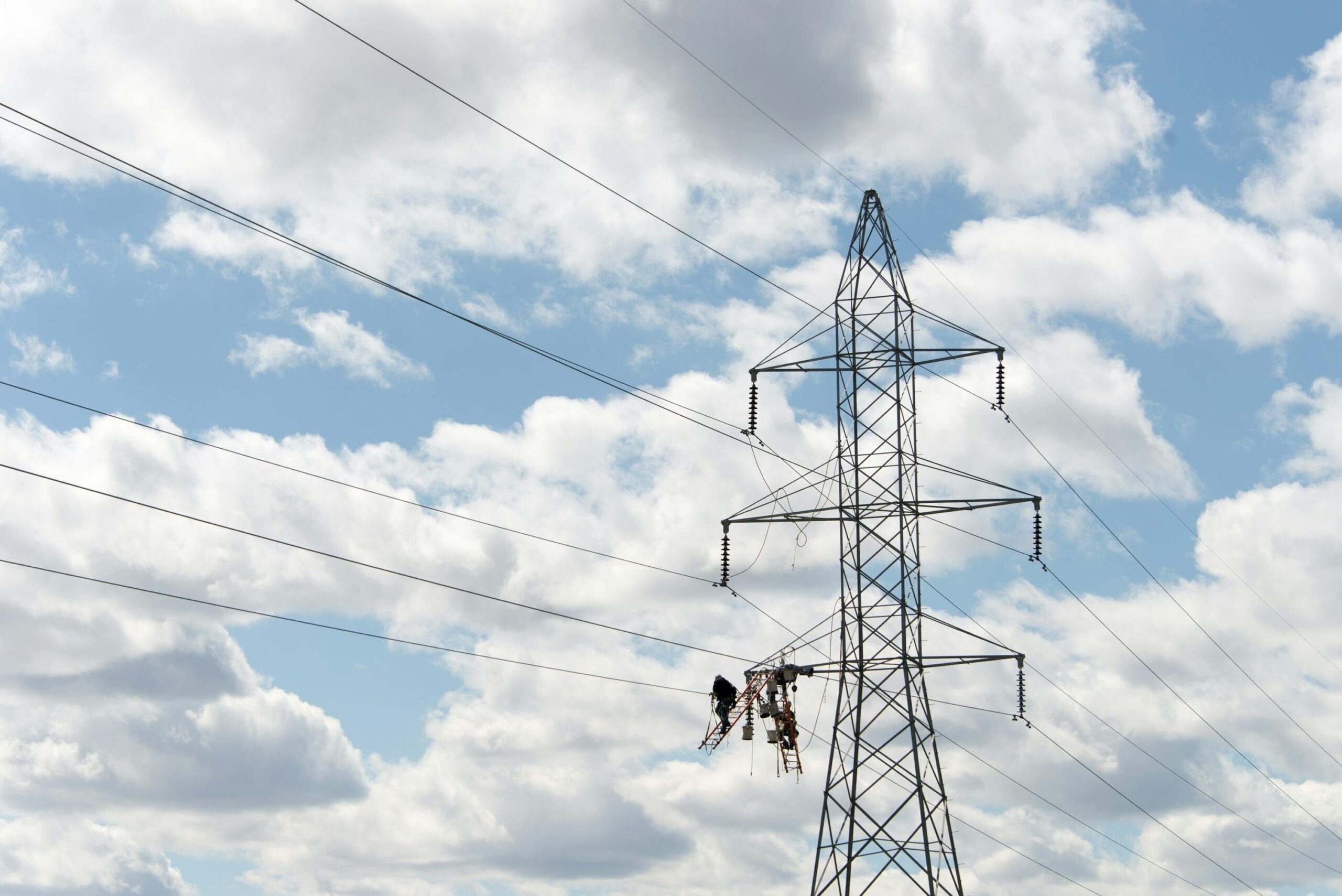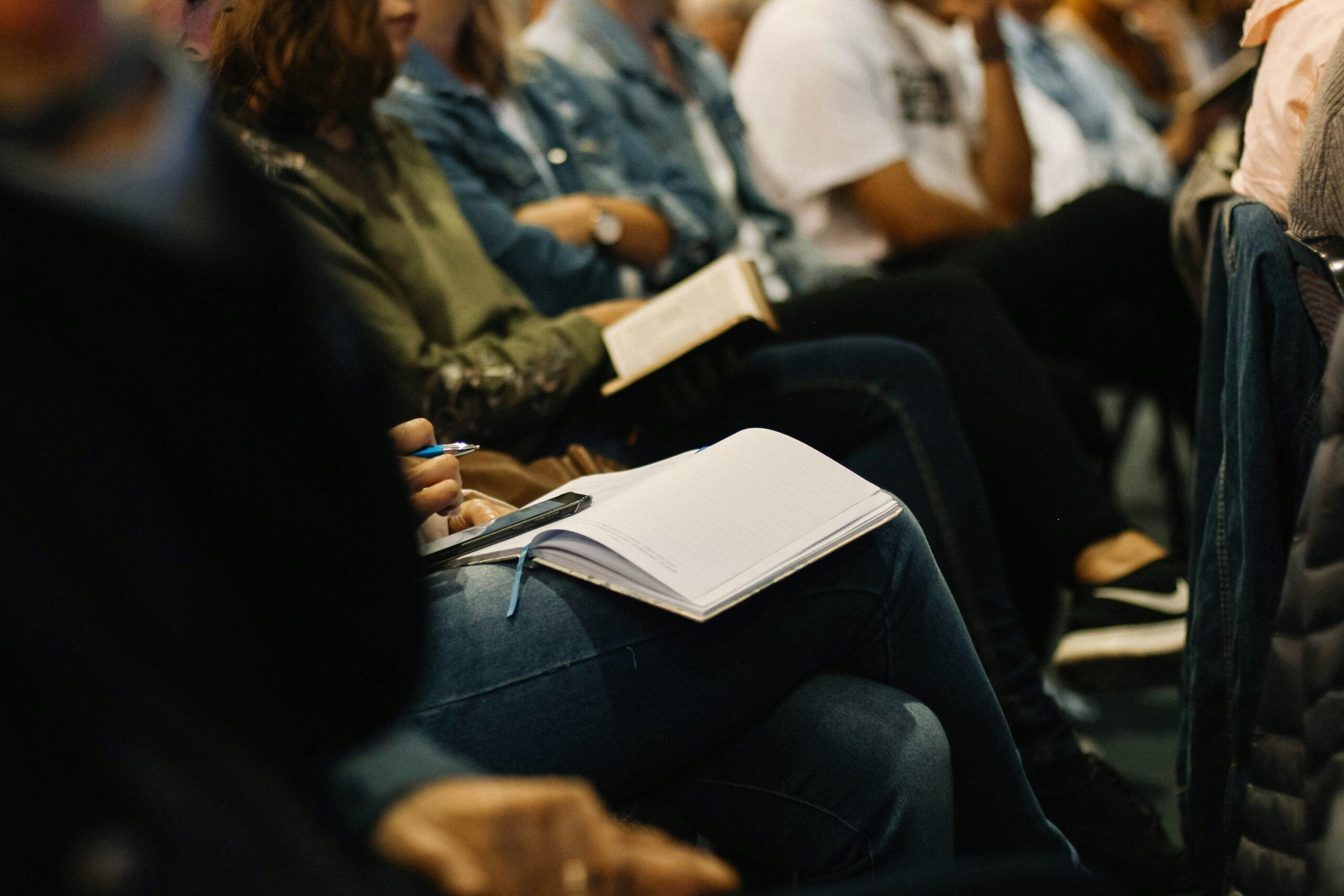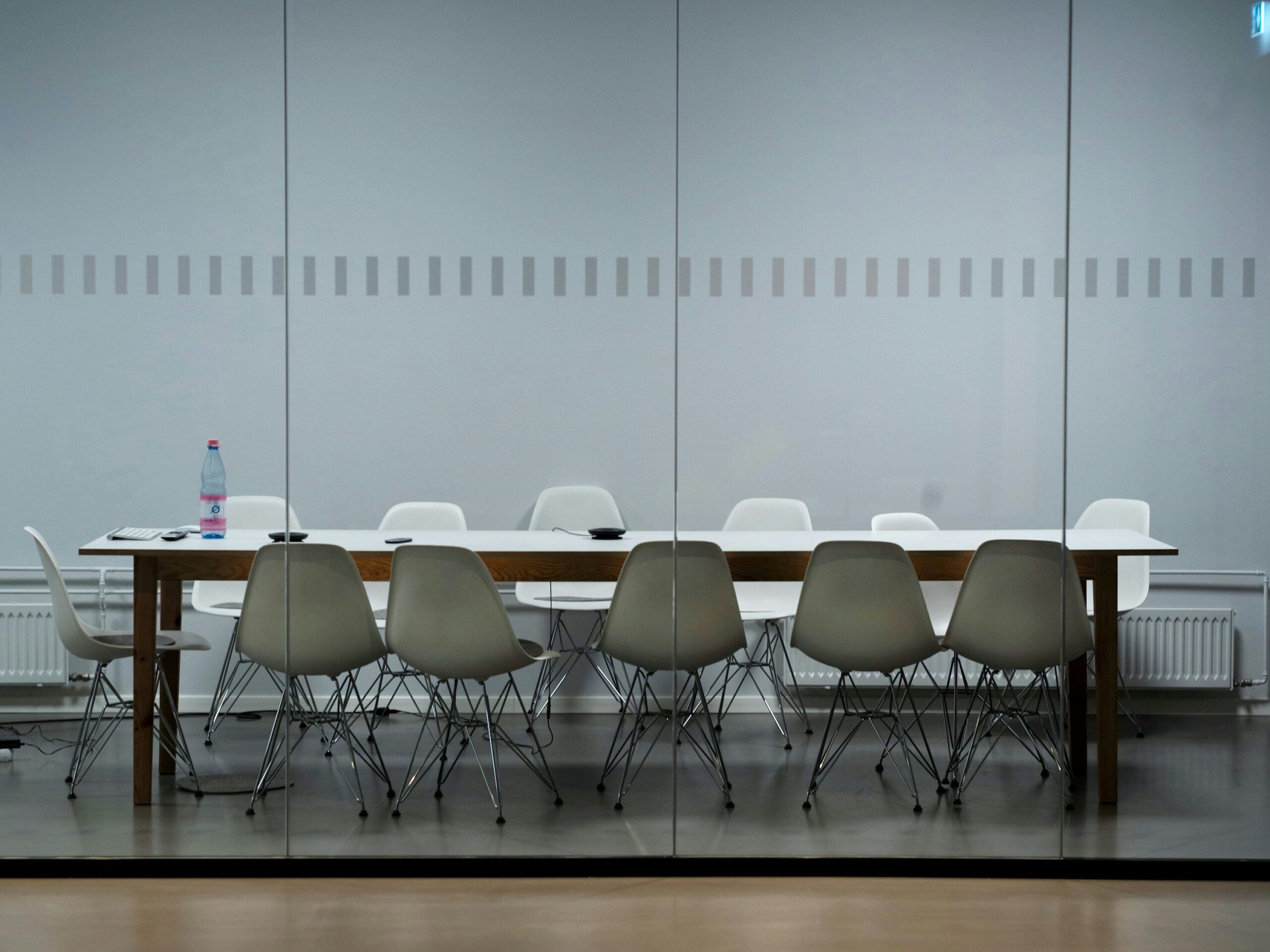The woes at Callide Power Station continue to deepen and have claimed yet another casualty.
Sources indicate that on 4 April, a significant clinker (a mass of hardened ash) detached from the boiler wall in the C3 unit. While clinker formation is not unusual in coal fired power stations, routine maintenance typically addresses such issues during outages. It appears that this clinker broke away during the unit’s operation, causing the ash conveyor water system to release high pressure steam into the boiler.
It has also been reported that the steam from the ash conveyor water system subsequently extinguished the fires in all four mills, which process coal into pulverised fuel (PF) to fire the boilers. As a result, the boiler flames in the four mills were snuffed out, and the unit experienced a pressure fluctuation as it drew in unburned fuel and air. This fluctuation allegedly led to an explosion that caused extensive damage to the unit and its boiler.
Fortunately, no workers were in the vicinity at the time. However, significant repair work is now required, including in the hard-to-reach upper sections of the boiler, where extensive cladding and lagging repairs must be undertaken.
The political fallout continues to swirl. CS Energy CEO Darren Busine has already tendered his resignation, which has now been made immediate. There is also speculation that the General Manager of Callide Power Station has offered their immediate resignation.
Concerns have arisen around the LNP Queensland Government, specifically regarding what David Janetzki knew and when he knew it, particularly given his 8 April address to the Queensland Energy Club. In that speech, he announced coal and Callide would continue to play an ongoing role in Queensland’s energy mix beyond Callide B’s expected 2028 closure (at least another three years) with no mention of the recent explosion or the seriousness of the incident.
This event evokes memories of the Callide C4 explosion in May 2021, whose outcomes were finalised in February 2025 when the Australian Energy Regulator (AER) imposed a $9 million fine plus court costs on the joint venture for the Callide C4 unit. The fine, just shy of the maximum $10 million possible, was the highest ever imposed for failure to comply with performance standards under the National Electricity Rules (NER). The retailer was found to have breached the NER by failing to meet its own performance standards, and investigations revealed that there was insufficient energy supply to safely disconnect the generating unit when the explosion occurred. Furthermore, the protection systems intended to override the connections were found to be inadequate.
The incident report also noted that, two minutes after staff evacuated due to a fire, a two-tonne rotor shaft piece was thrown five metres across the turbine hall floor, while a 300kg piece of equipment was hurled 20 metres into the air, breaking through the hall’s roof.









